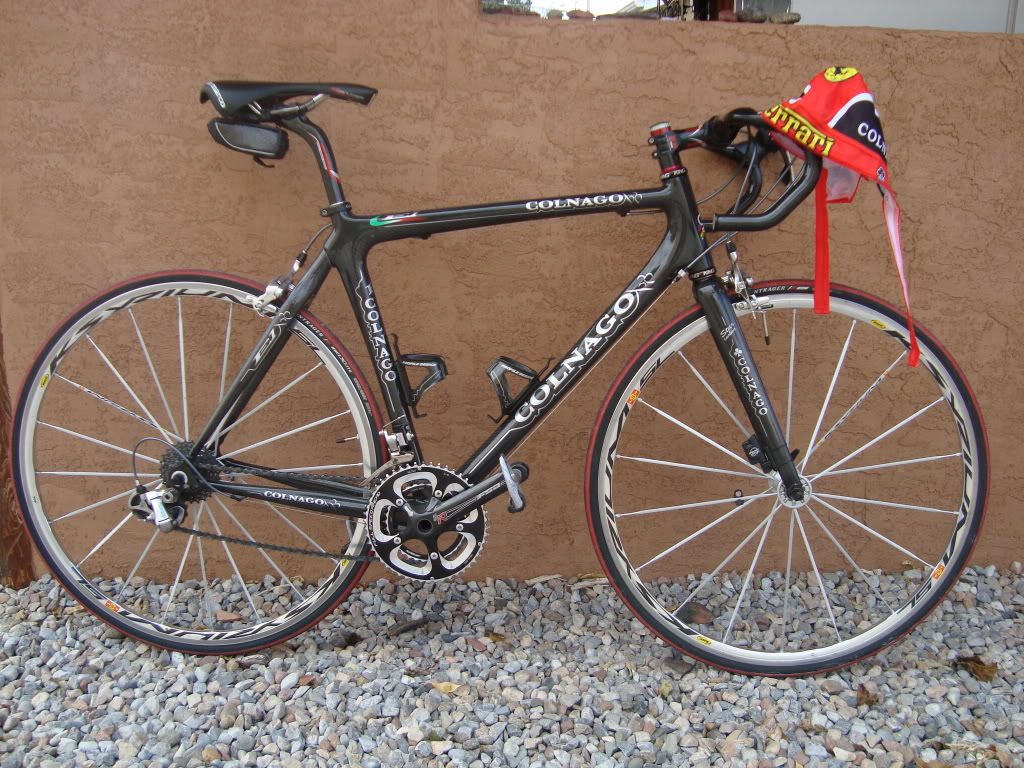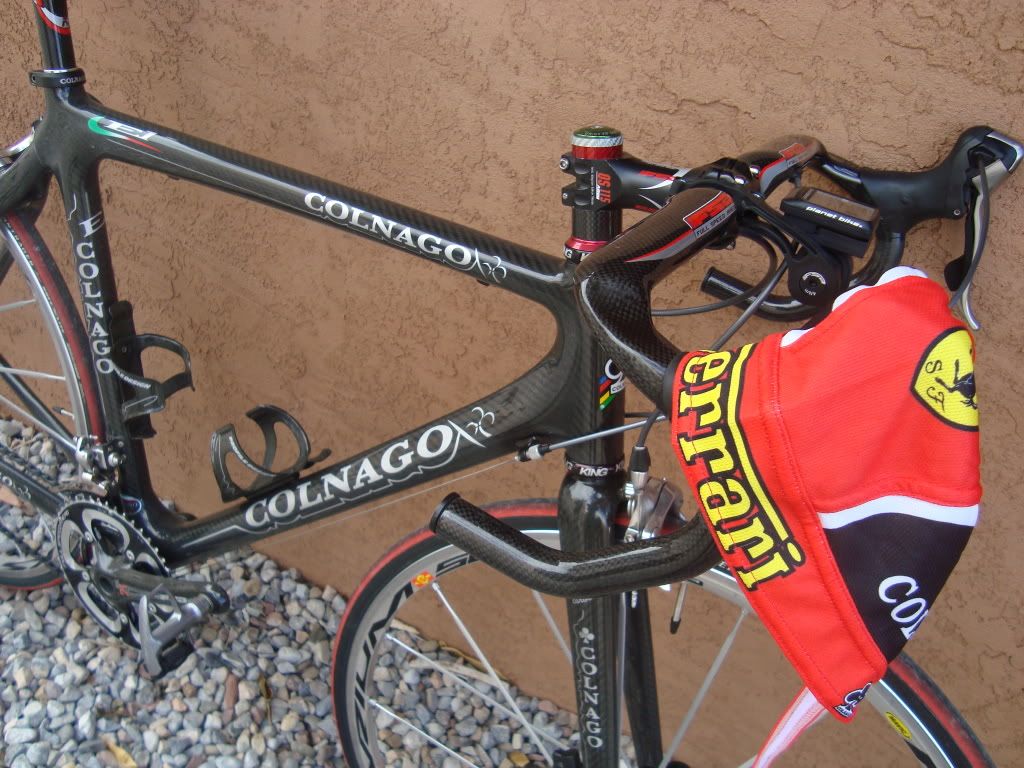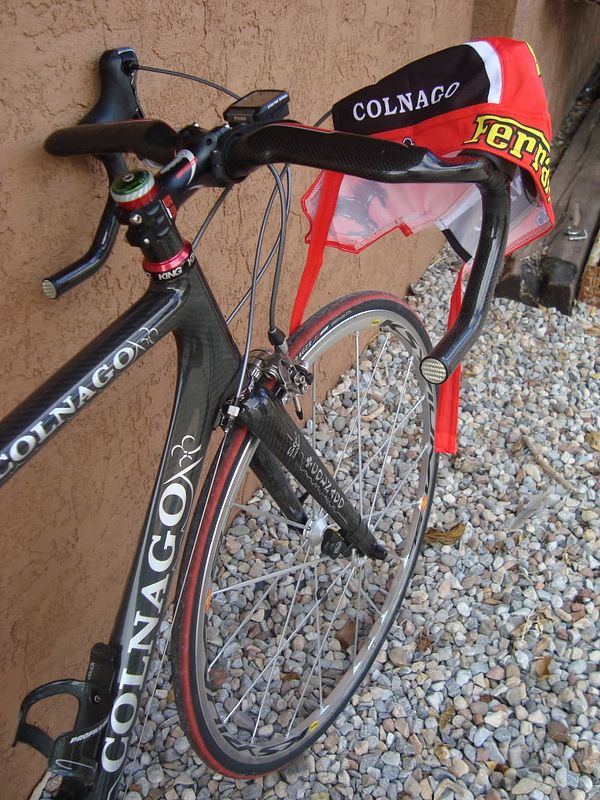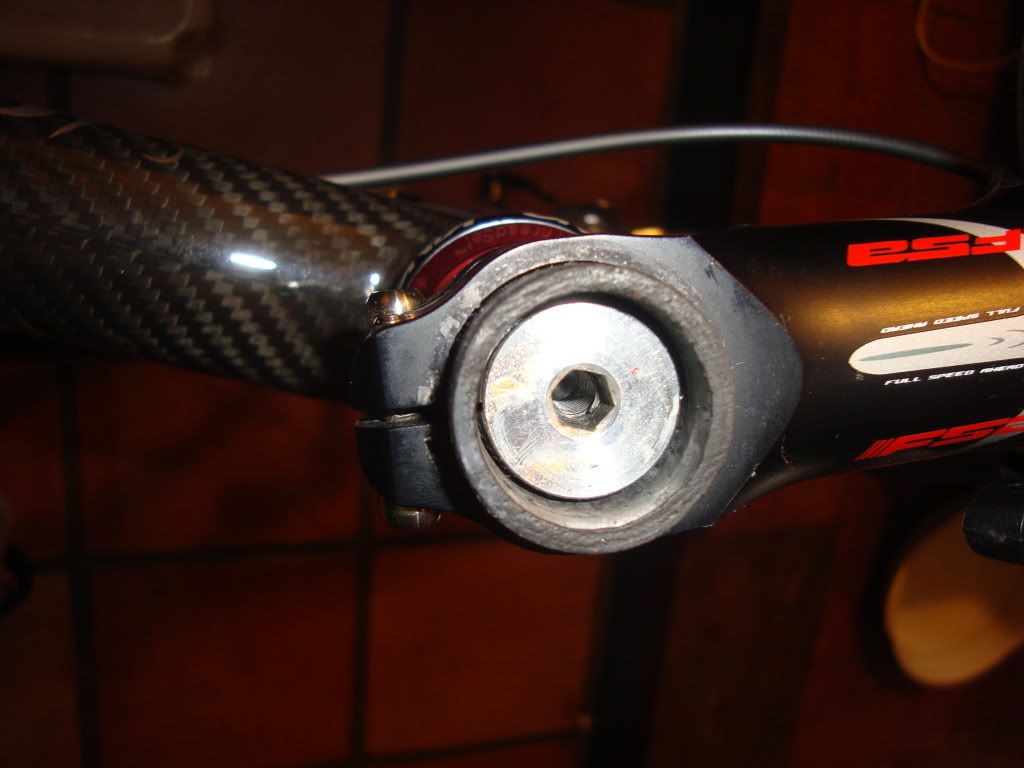I found this discussion with a search of 'Trek FSA carbon steerer'.
http://www.bikeforums.net/archive/index ... 48920.html
Particularly this post which appears to be lifted directly from TREK's own guidelines. My highlighting.
UPDATED: Service Information - Stems on Carbon Steerers
05/24/2010
Updated installation procedures for stems on carbon steerers
Modern bicycles use high-tech materials and designs that rely on correct maintenance, precision workmanship, and compatibility of the parts. Mechanics must continue to learn the new procedures and requirements of these new bicycles. Incorrect mechanical work on a bicycle could lead to damage or breakage of a part, which could lead to a crash.
This bulletin includes information from an August 2009 Bontrager service bulletin, the Trek and Fisher bicycle owner’s manuals, 2010 Madone and Cronus assembly manuals, and new information.
Below the stem on all steerers
Always place at least one 5mm spacer below the stem. This spacer is in addition to the bearing cover, which must be at least 5mm. If the stem rests against the bearing cover, a point load is created on the steerer that could eventually cause the steerer to break.
Above the stem on carbon fiber steerers
With a carbon steerer, always place at least one 5mm spacer above the stem. A stem placed right at the top of the steerer can put too much force on the unsupported cut edge of the steerer, possibly crushing the steerer.
Check headset bearing preload
The bicycle owner’s manual tells a rider to check the bearing adjustment of the headset each month. With a carbon steerer, a rider should check more frequently. In addition to the checks in the owner’s manual, we recommend an additional quick check: the rider should check to make sure that the spacer(s) below the stem cannot be rotated with the fingers.
Tightening clamp bolts
When tightening clamp bolts on a carbon steerer or other carbon part, make sure to locate proper torque on the part or in the part’s manual and set the torque wrench correctly. Gradually tighten each steerer clamp bolt, alternating back and forth in small increments, until both bolts are at the correct torque. Use a similar method wherever there are multiple clamp bolts. Do not tighten one all the way before tightening the other, and do not leave the bolts with unequal torque.
Compatibility with all steerers
Make sure the stem clamp is designed correctly and is free of burrs. Correct design requires that the clamp is circumferential (closes in a circle); never use a wedge-type clamp. Also make sure the clamp bolts are tangential to the steerer. Angled clamp bolts can cause a point load along the clamp.
Clamp edges should be smooth and slightly rounded. If a stem has a sharp or burred edge, sliding it onto the steerer could scratch or cut the carbon fibers, which can weaken the steerer..
Compatibility with carbon steerers
With a carbon steerer, do not use a star-fangled nut; use only the compression nut assembly supplied with the fork. A star-fangled nut can scratch or cut carbon fibers, which can weaken the steerer.
With a carbon steerer, never use a stem with cutaways or holes in the back of the steerer clamp because this type of clamp can cause uneven pressure on the steerer. Uneven pressure, also called a point load, can damage the steerer. For contrast, the stem in Figure 5 (see PDF) does not have a cutaway.
With a carbon steerer, never use a stem with clamp bolts that require more than 55 lb•in (6 Nm) torque. Excessive torque can crush a carbon steerer.
Use a stem with a carbon-friendly design. The steerer clamp should have the maximum possible surface area and apply even pressure (it should not cause a point load). One cause of point loading is a cutaway in the stem, either in the back as mentioned above, or in a misplaced “lightening hole”. If the lightening hole is too close to the top or bottom of the stem, the narrow, remaining clamp area can cause a point load. To distribute the pressure evenly, the lightening hole should be at least 10mm from the top or the bottom of the stem. If a misplaced lightening hole is combined with incorrect spacers, the stem can crush the steerer.
FSA stems are NOT approved for use with Trek carbon-steerer forks.










